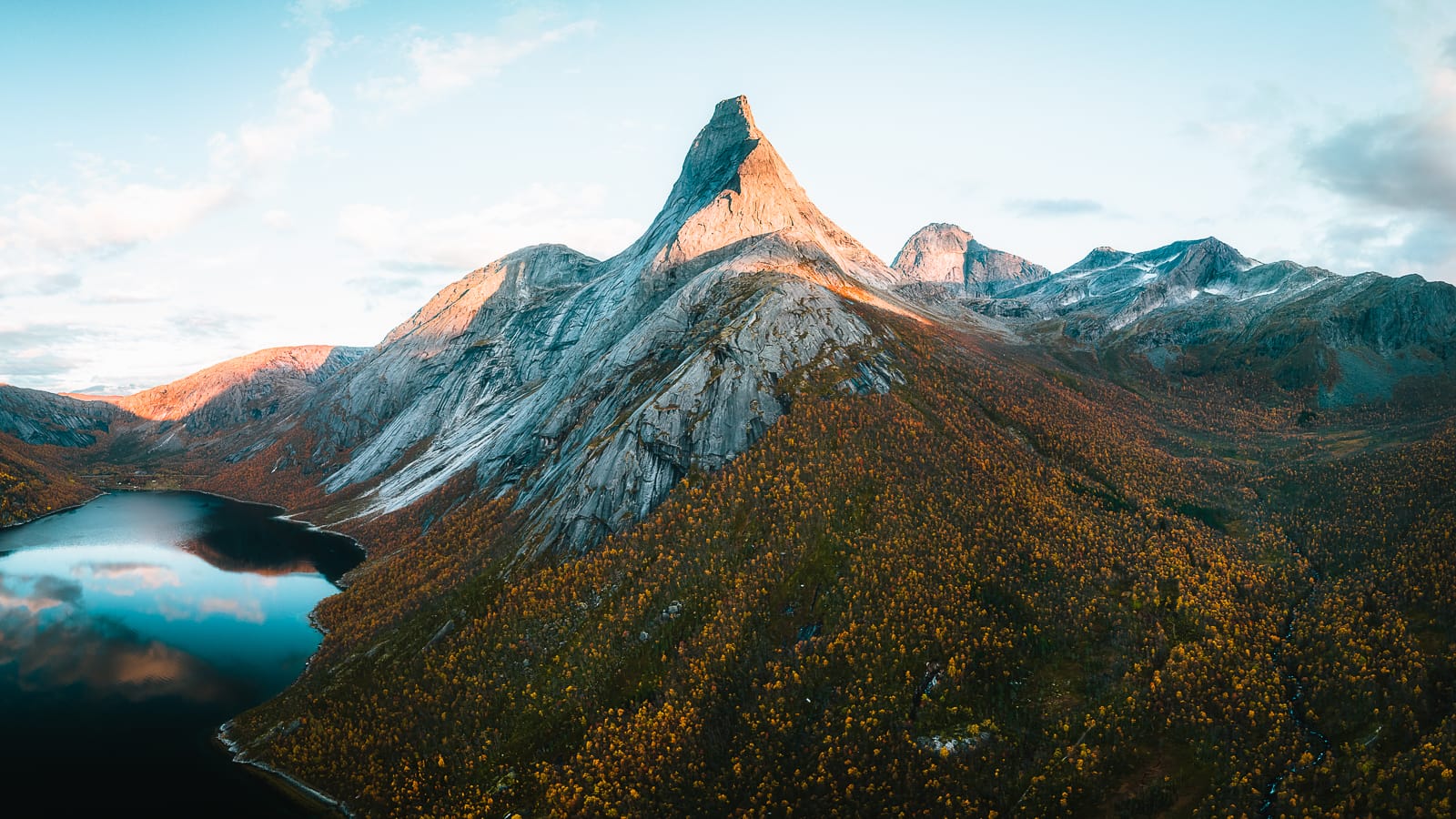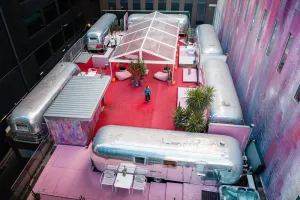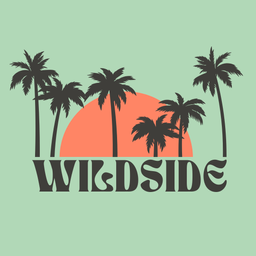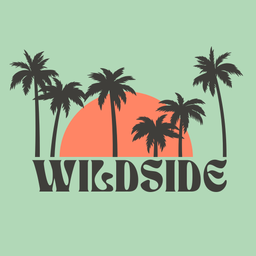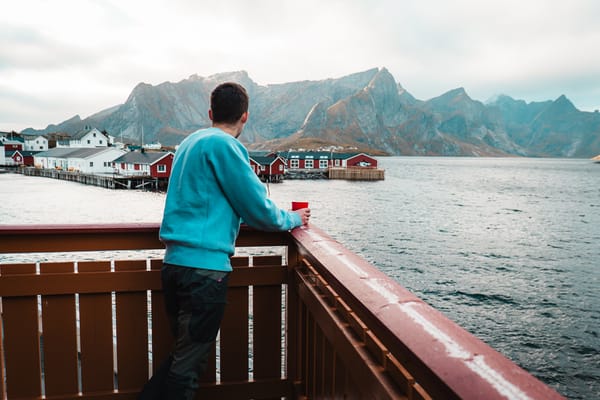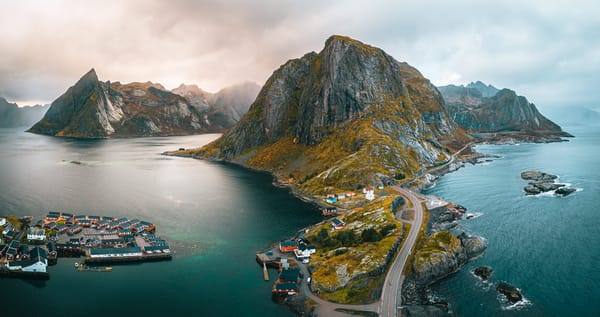Disclosure: This post may contain affiliate links, which means we may receive a commission if you click a link and purchase something that we have recommended. While clicking these links won't cost you anything, they will help us keep this site running and free for everyone.
The Lofoten Islands are one of the most magical places I’ve ever visited, but planning a trip there can be overwhelming.
In this guide, I’m sharing all the essential things to know before visiting the Lofoten Islands, from whether you need a car to how much things cost, so you can arrive prepared and make the most of your time in this stunning part of Norway.
1. Where are the Lofoten Islands located?
The Lofoten Islands are a group of islands located in Northern Norway, above the Arctic Circle. They sit off the northwest coast of the country, stretching out into the Norwegian Sea.
While remote, they're part of the Nordland county and are connected by bridges and tunnels that link the main islands together, so it's possible to road trip through the archipelago.
2. How do you get to the Lofoten Islands?
Getting to the Lofoten Islands might feel like a journey to the edge of the world, but it's definitely worth it. There are a few ways to reach Lofoten, depending on whether you want to fly, drive or take a ferry.
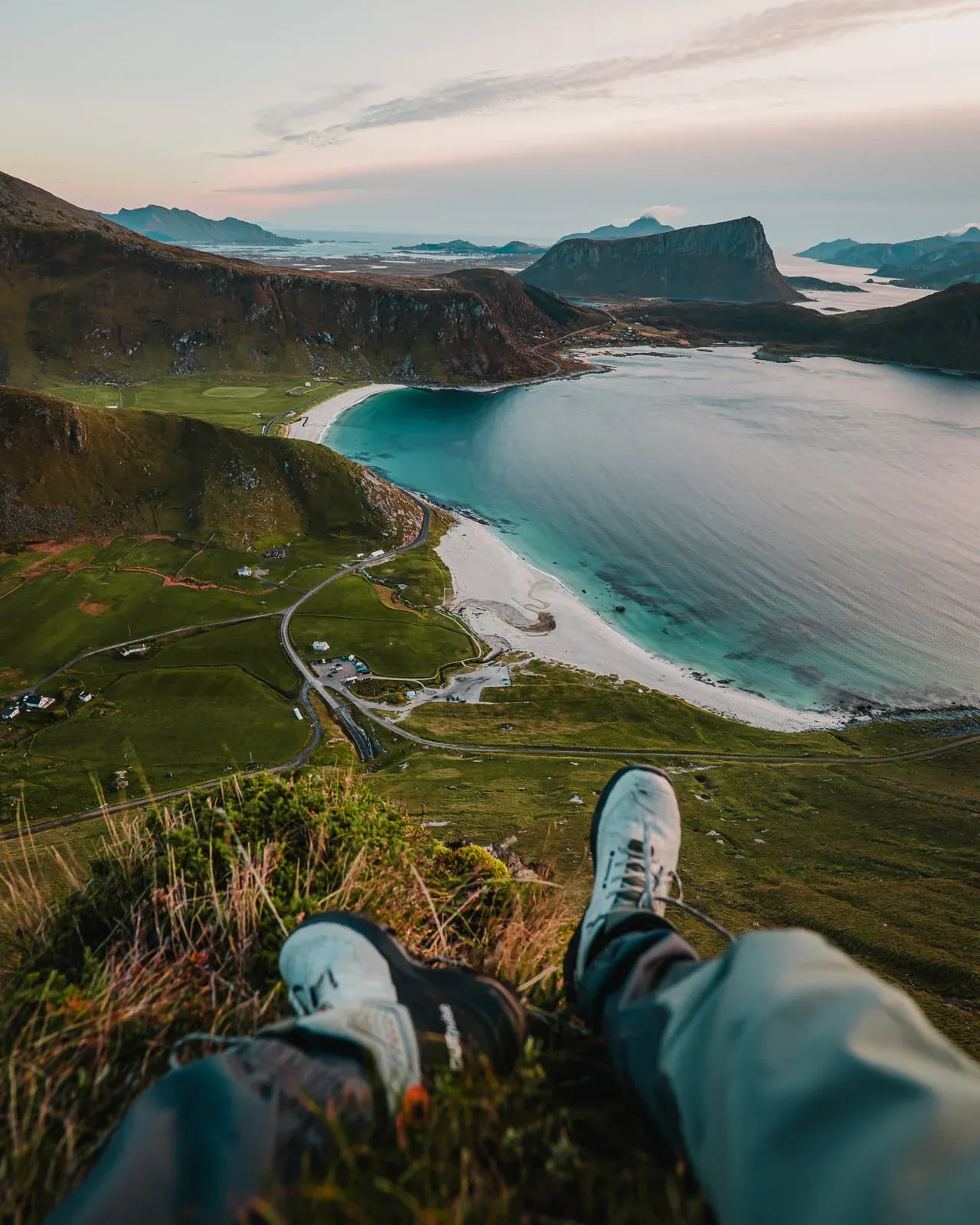
By Flying:
The fastest way to get to the Lofoten Islands is by flying into one of the closest airports. The main airport is Leknes Airport (LKN), located on the island of Vestvågøy, and there’s also Svolvær Airport (SVJ) on the island of Austvågøy.
Both airports are only served by surrounding areas, so you'll have to fly to Bodø first, which you can reach via direct flights from Oslo or other major Norwegian cities.
Alternatively, you can fly into Harstad/Narvik Airport (EVE) on the mainland and drive to Lofoten, which is roughly a 3-4 hour journey.
By Car:
If you’re up for a scenic road trip, driving to the Lofoten Islands is a lengthy but scenic option. You can drive from the mainland along the E6 highway, and then cross to the islands via tunnels, bridges and ferries.
This is the option we took, as we drove our campervan from the UK to Lofoten. It's quite a journey, with the drive from Oslo to Lofoten alone taking upwards of 16 hours.

If you're short on time, this isn't the best option, but if you're planning an epic adventure through Norway and Lofoten, we'd highly recommend doing this! Search for the best rental deals here 👇
By Ferry:
You can also take a ferry from Bodø to Moskenes, which is located on the southern tip of the Lofoten Islands. You can take vehicles on the ferry or go as a foot passenger. The ferry ride takes about 3-4 hours, and there are multiple sailings a day, depending on the season.
3. Do you need a car in the Lofoten Islands?
You don't need a car in the Lofoten Islands, but we do highly recommend having one. While there is some public transport available, mostly local buses, they can be infrequent and limiting, especially if you want to explore more remote areas.
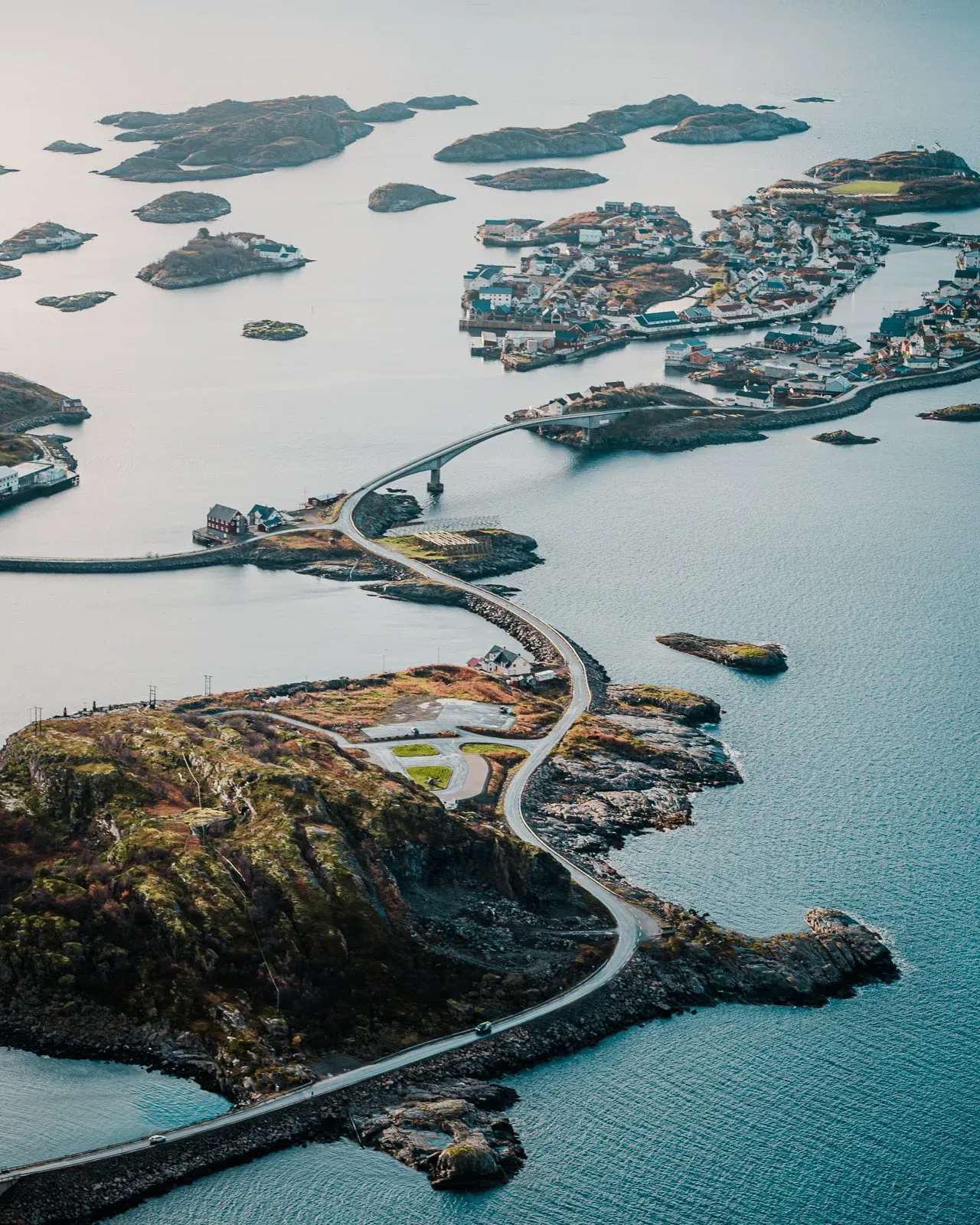
Having your own car gives you the flexibility to stop at viewpoints, discover hidden beaches and travel on your own schedule. It’s the best way to experience the Lofoten Islands, especially if you're planning to visit places like Haukland Beach, Reine or Henningsvær.
If you're arriving by plane, you can rent a car at either Leknes, Svolvær or Narvik Airport.
4. When is the best time to visit the Lofoten Islands?
The best time to visit the Lofoten Islands depends on the kind of experience you’re looking for, but there’s no bad season.
Summer (June–August):
Summer is the most popular time to visit as it's when the phenomenon of the Midnight Sun happens. From late May to mid-July, the sun doesn’t set at all, giving you 24 hours of daylight to explore, hike and soak in the beautiful sunset and sunrise colours.

The weather is milder and the days are long so it's perfect for outdoor adventures, but expect more tourists and higher prices.
Autumn (September–October):
Autumn is a quieter time to visit with slightly shorter daylight hours but beautiful autumnal colours and the start of the Northern Lights season.
This is when we visited, we spent September and October exploring the country. In our experience, it was incredibly quiet and peaceful; we rarely saw anyone else on hikes, and the roads were almost empty.

However, we did get hit with a streak of bad luck and had nearly a week of storms while in Lofoten, which meant we were stuck in our cabin and couldn’t do much at all. That said, this was just unfortunate timing, autumn is often one of the best seasons for seeing the Northern Lights!
Winter (November–March):
Winter transforms the Lofoten Islands into a snow-covered wonderland, it's a great time to visit if you want to see the Northern Lights and experience Arctic weather.

However, winter is not so good for hiking as remote spots are hard to reach and many hikes become dangerous. There's also limited daylight hours and from early December to early January, the sun doesn't rise at all, which is known as the Polar Night.
Spring (April–May):
Spring is a shoulder season where the snow begins to melt and the days start to get longer. While it's not as popular, it can be a beautiful and cheaper time to visit, especially if you're looking to avoid crowds.
5. What’s the weather like in the Lofoten Islands?
The weather in the Lofoten Islands is unpredictable year-round, sunshine, rain, and wind can all happen in a single day. Here’s a quick seasonal breakdown:
- Summer (Jun–Aug): Mild and breezy with an average temperature of 10–18°C.
- Autumn (Sep–Oct): Cooler and wetter, average temp around 5–12°C.
- Winter (Nov–Mar): Cold and snowy, with temperatures ranging between -1 to 3°C.
- Spring (Apr–May): Slowly warming, temperatures from 2–10°C.
6. How many days do you need in the Lofoten Islands?
We'd recommend at least 4–7 days in the Lofoten Islands to explore at a relaxed pace. While it’s possible to visit for a shorter time, especially if you’re just road-tripping through, having a week gives you more flexibility with the weather and enough time to see the highlights without rushing.

We spent just under three weeks in the Lofoten Islands, but keep in mind we were travelling in our campervan, some days we simply parked up and didn't go anywhere, and we also had nearly a full week of bad weather!
Overall, we’d say 5–7 days is the ideal amount of time to see everything. Read our 5-day itinerary if you're wondering what you can cover in 5 days!
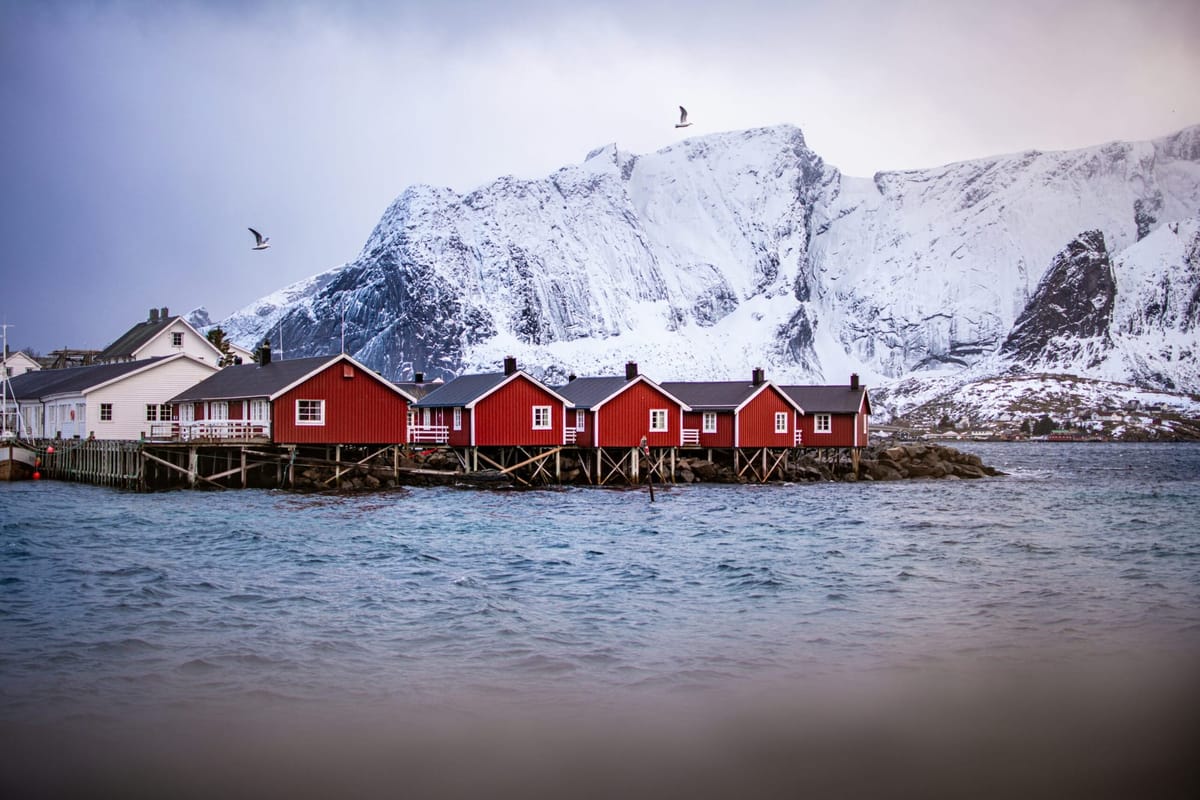
7. Can you see the Northern Lights in the Lofoten Islands?
Yes, the Lofoten Islands is one of the best places to see the Northern Lights! You'll have the best chances of spotting them between September and April, as long as the skies are dark and clear.
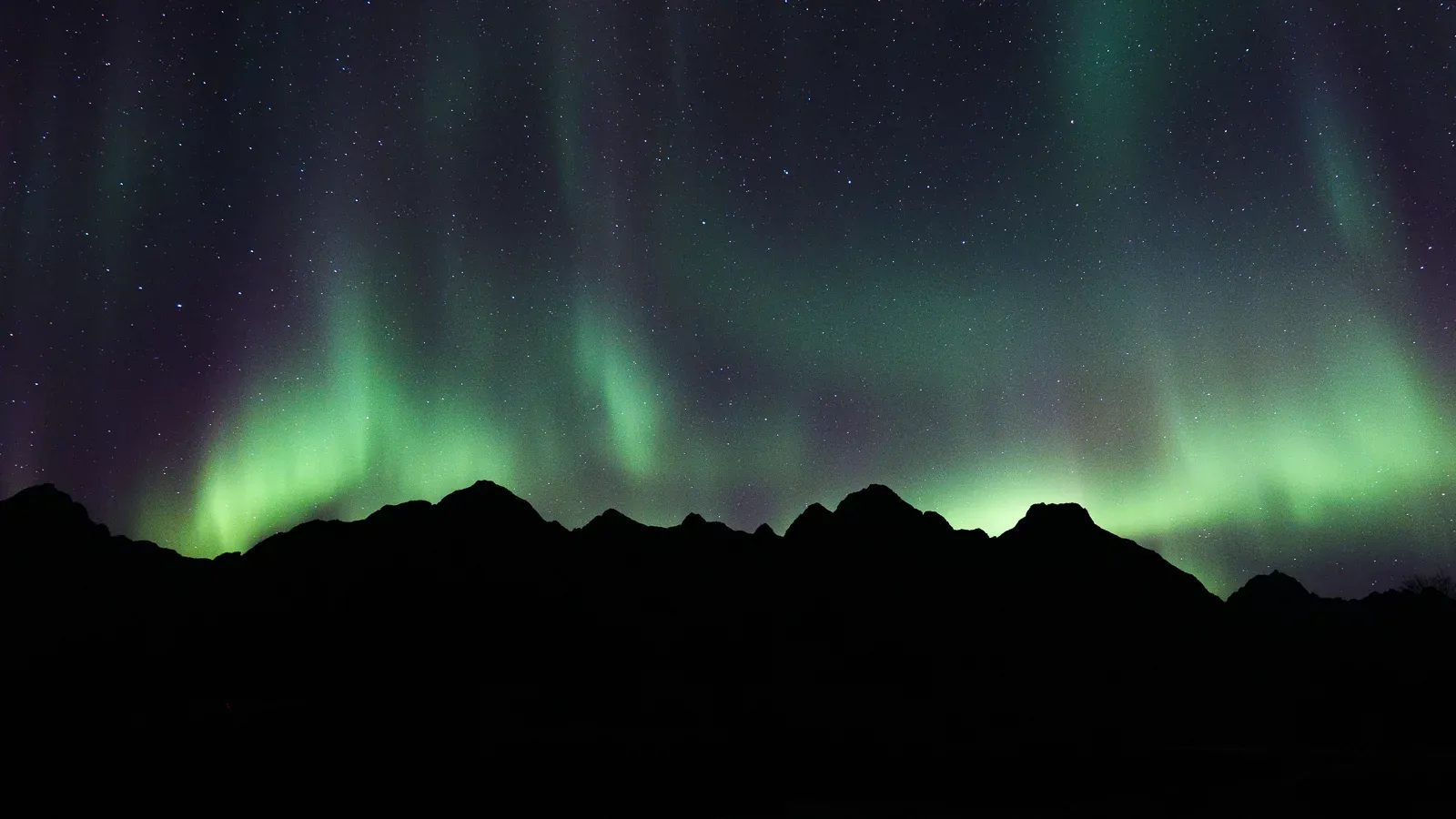
We highly recommend joining a tour, as local guides are incredibly knowledgeable and know exactly where to look for the lights. They’ll take you deep into the wilderness, far from any towns or light pollution, giving you the best possible chance of spotting the Northern Lights in dark, clear skies.
We saw them a couple of times while we were there, but it can be difficult as they can appear in the middle of the night. Having an aurora alerts app will definitely help, otherwise stay up late, check often and book a guided tour!
8. What should I pack for the Lofoten Islands?
Packing for the Lofoten Islands really depends on the season, but no matter when you visit, layers and waterproofs are essential. The weather changes quickly, and even in summer, it can be cool and windy, especially near the coast or on hikes. You can read our detailed Norway packing lists here 👇
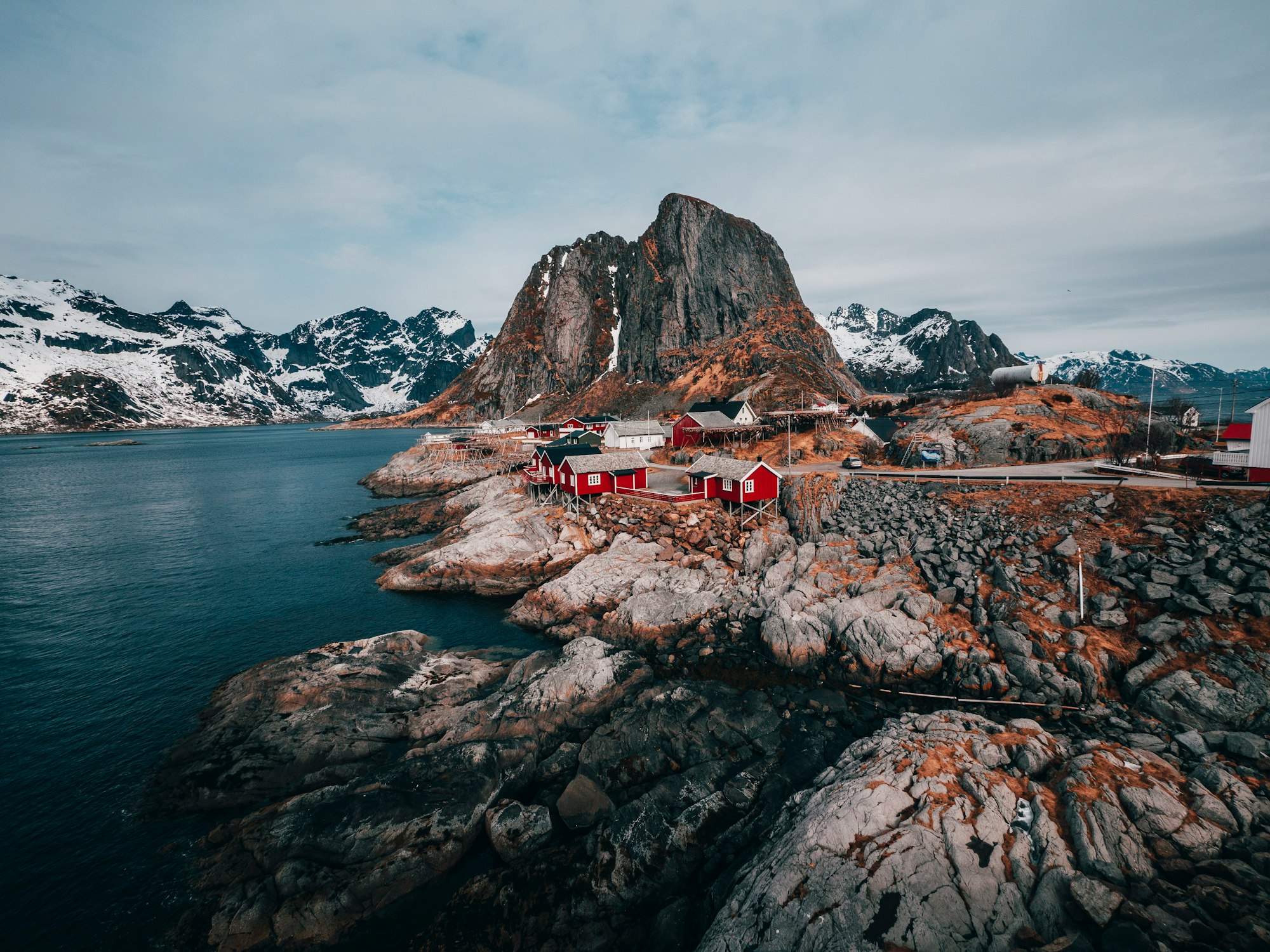
9. Is the Lofoten Islands expensive to visit?
Yes, like the rest of Norway, the Lofoten Islands are known for being expensive, especially if you're coming from countries where prices are lower. As we're from the UK, the prices were quite similar.
However, it’s still possible to travel here without breaking the bank, especially if you plan ahead and are happy to self-cater or visit in shoulder seasons.
Accommodation
Accommodation is usually the biggest expense. You can expect to pay:
- Hotels or rorbu cabins: £100–£200+ per night
- Budget hostels or guesthouses: £50–£80 per night
- Campsite or motorhome parking spot with facilities: £20–£40 per night
Wild camping is free, which is a big budget-saver if you're travelling by van or with a tent.
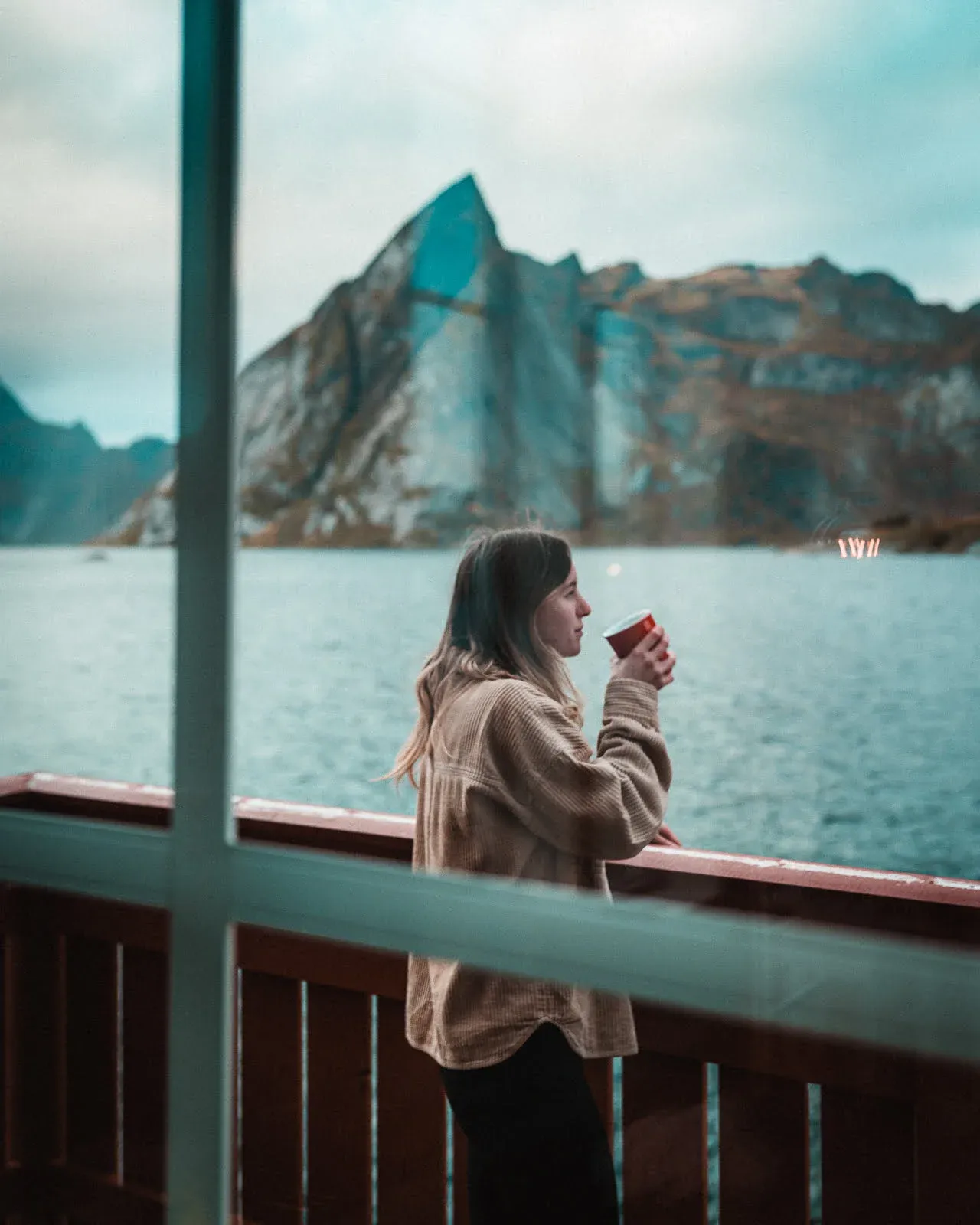
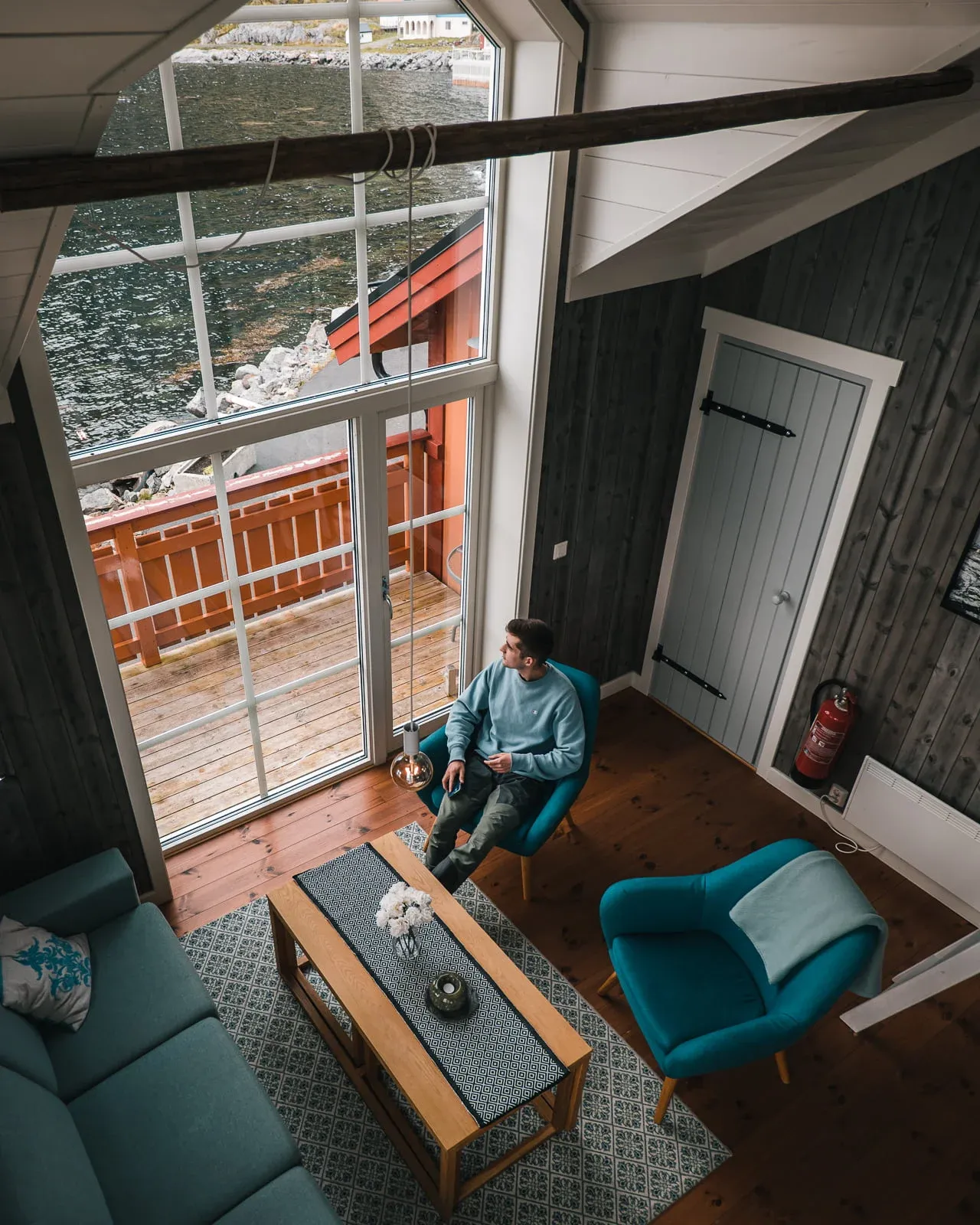
We mostly wild camped in our van, but we did spend just under a week at Reinefjorden Sjøhus, which we highly recommend if you're looking for a cabin stay in Lofoten!
Food
Eating out can be expensive, especially in smaller villages where options are limited. We didn't eat out very much as we were on a budget, but generally prices were around:
- £15–£25 for a basic cafe meal or lunch
- £30–£50+ per person for a sit-down dinner
- £3–£6 for a coffee or pastry
Most accommodations come with kitchens, and cooking your own meals is a great way to save money. Shopping at local supermarkets like Coop or Rema 1000 are still more expensive than other European countries, but more manageable.
Car Hire & Fuel
Car hire costs depend on the season and the type of car, but generally car hire starts from around £50–£100 per day. Fuel is more expensive than most European countries, around £1.60–£2.00 per litre.
If you’re travelling in a campervan, you’ll save on accommodation, but fuel costs can still be significant due to the distances between locations.
10. Is wild camping allowed in the Lofoten Islands?
Yes, one of the best parts about travelling in Lofoten is that wild camping is allowed, thanks to Norway’s Right to Roam, which gives you the freedom to camp on uncultivated land.
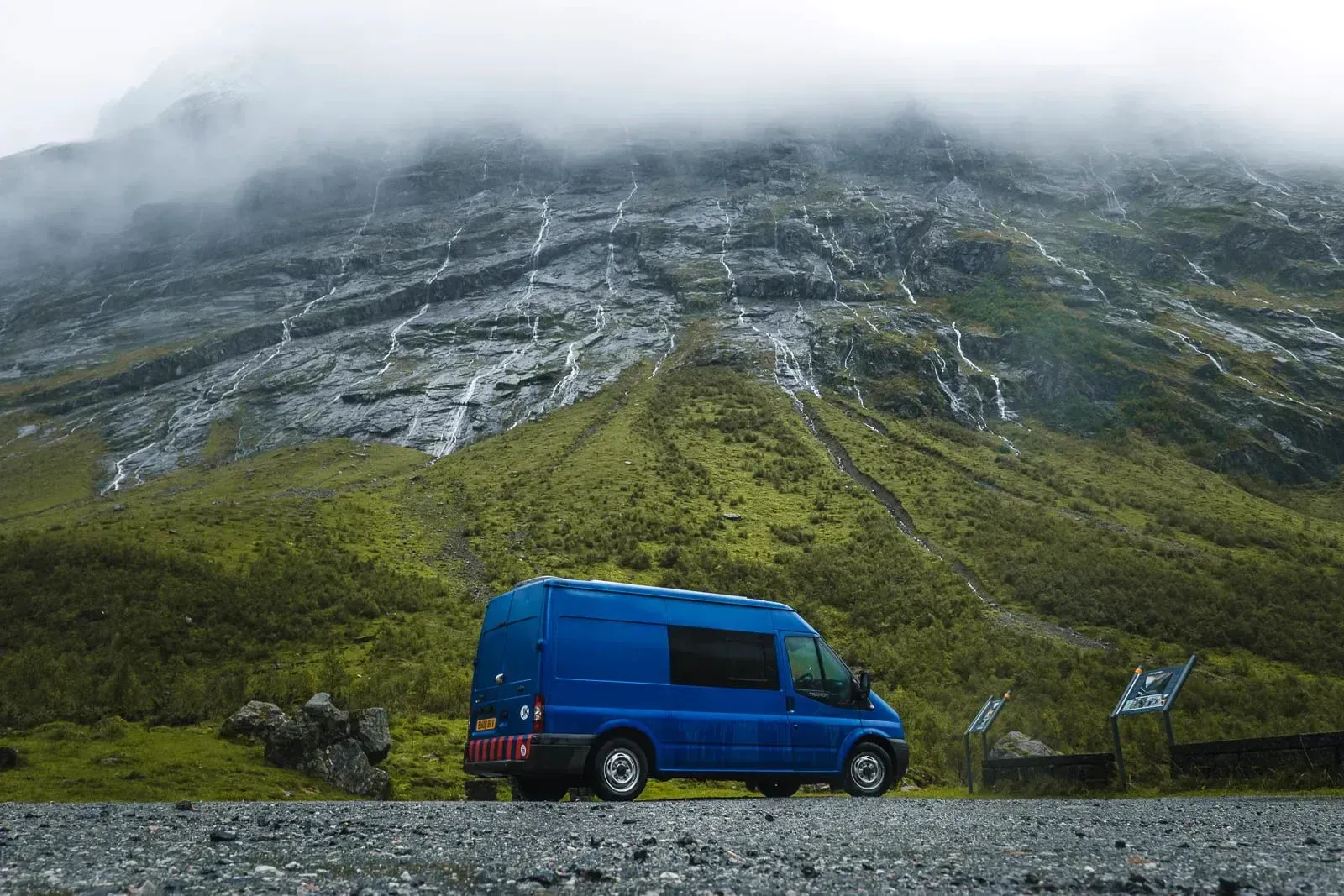
However, there are a few specific restrictions to protect nature and local communities:
- You must stay at least 150 metres away from the nearest house or cabin
- Camp for no more than two nights in the same spot unless you have permission
- Leave no trace - take all your rubbish and respect the environment
- In some popular areas, wild camping is prohibited or limited, look for signs or check local rules
11. Do people speak English in the Lofoten Islands?
Yes, English is widely spoken throughout the Lofoten Islands. Most Norwegians speak excellent English, so you should have no trouble communicating.
We travelled all over Norway and didn't have any issues! That said, locals always appreciate a bit of effort, we always make sure to learn simple phrases like “takk” (thank you) or “hei” (hi).
12. What plug type do they use in the Lofoten Islands?
In the Lofoten Islands, plug types C and F are used, which is the standard throughout most of Europe - these are the two-round-pin plugs.
We'd recommend using a universal travel adapter that includes multiple plug types and USB ports, as you can use it anywhere in the world and charge several devices simultaneously.
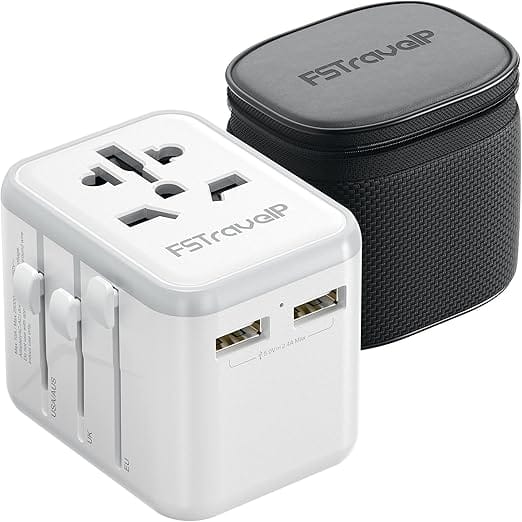
Universal Travel Adapter
Worldwide Travel Plug Adapter - All In One Adapter for USA UK EU AU CN 150+ Countries.
13. What currency is used in the Lofoten Islands?
The currency used in the Lofoten Islands is the Norwegian Krone (NOK). Cards are widely accepted, everywhere from supermarkets to parking machines take credit and debit cards.
We've been using a Wise travel card for a while now, and it’s honestly one of the best ways to save money abroad. You get the real exchange rate (without hidden fees or crazy markups) so you can spend in over 40 currencies from one place.
It’s still a good idea to carry a small amount of cash just in case, especially if you're visiting remote areas or using public toilets or smaller services that might be cash-only. If you're travelling in a campervan like us, you might need coins to use washing machines, dryers and showers!
14. Are shops and restaurants open year-round?
In quieter months (especially winter), some cafes, restaurants and even accommodations close for the season. This is important to be aware of, so it's always worth checking opening times in advance if you're visiting outside of summer.
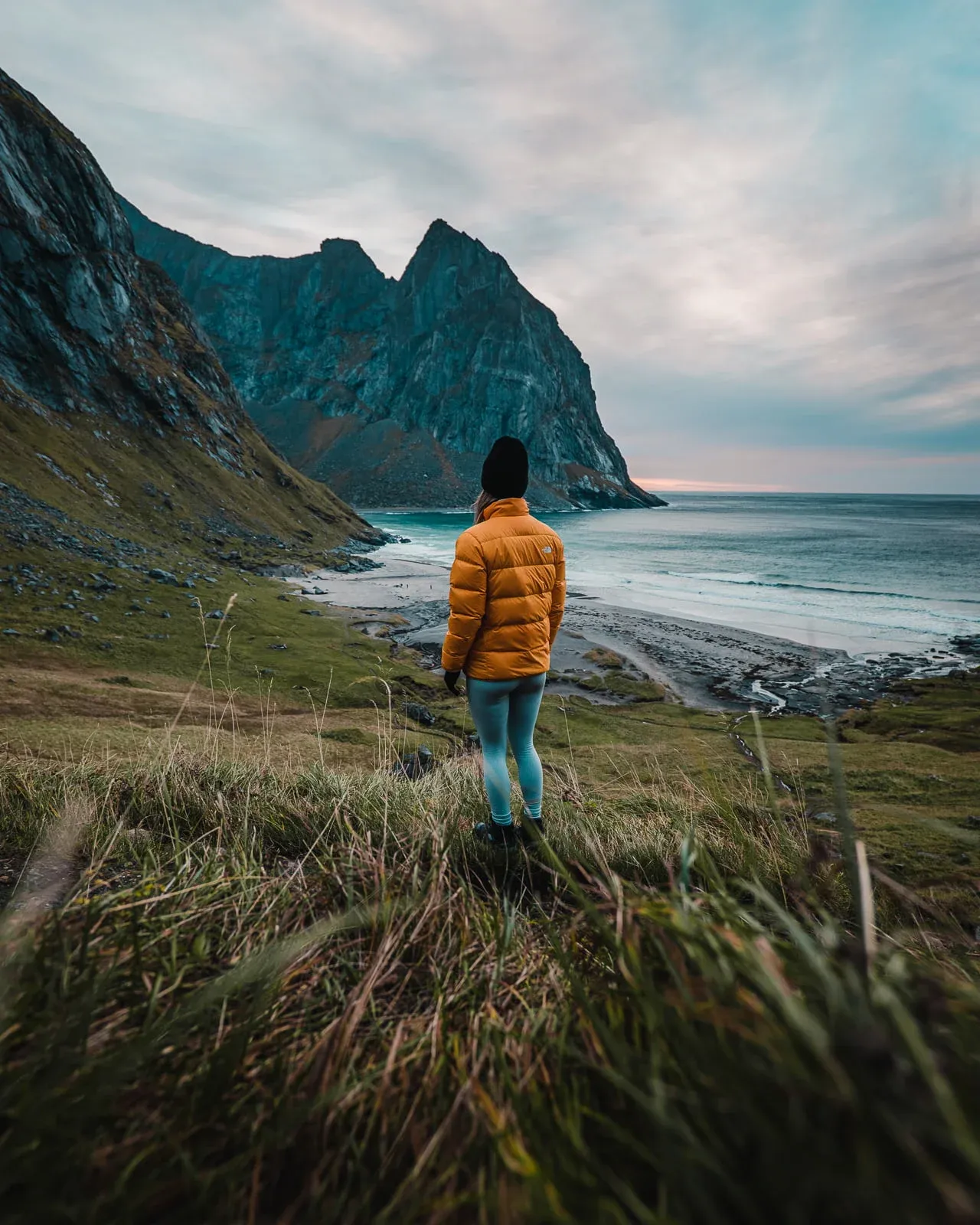
15. Is it safe to visit the Lofoten Islands?
Yes! Norway is one of the safest countries in the world. The Lofoten Islands are peaceful, crime is extremely low and people are friendly. The only dangers are extreme weather conditions, so just be mindful when driving and hiking, and always follow safety advice.
Useful resources for planning your trip to Norway 👇

